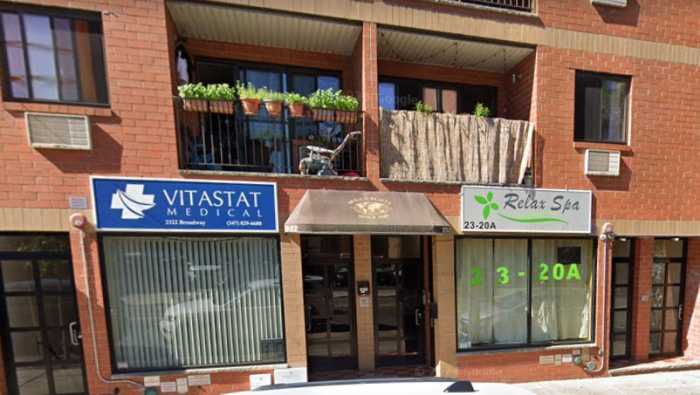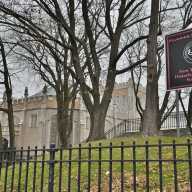By Rebecca Henely
The residents of Meadowmere and Meadowmere Park, two tiny waterside communities off Rockaway Boulevard, are used to flooding, but Superstorm Sandy was unlike anything they had ever seen before.
“The first week we were just running for our lives here,” said 44-year-old Meadowmere Park resident Gus Zervas.
A month after the storm, residents of the southeast Queens community Meadowmere and its Long Island neighbor, Meadowmere Park, are still struggling to recover from thousands of dollars’ worth of damages to their homes and businesses after the waters rose by what residents said was 8 feet above the street.
“It’s the highest tide we ever had,” said 69-year-old Larry Seaman, a lifetime resident of Meadowmere.
Hurricane Sandy hit the New York-New Jersey region from Oct. 29 to Oct. 30. It caused more than $65 billion in damage and killed 253 people, including 11 in Queens, in its travels through the Caribbean Sea and up the East Coast.
Zervas said he had expected to be able to ride out the storm, but when the water level began rising in his house, he left his home and got into the street. He said the water line was up to his stomach and within two hours it was up to his neck.
“It was a horror show here,” he said.
Zervas and others in the neighborhood ended up squatting for little over a week in the house of a neighbor who was in China at the time. When relief finally came to the small community, forgotten in the wake of devastation in larger communities like Breezy Point, Zervas was offered an apartment upstate. But due to the gasoline shortage Zervas chose to live in his powerless house for a week to keep going to his job at FedEx in John F. Kennedy International Airport. He is now temporarily living in an apartment in Atlantic Beach, L.I.
Seaman, a commercial fisherman, said he had lived on the peninsula during Hurricane Donna, a storm in the 1960s that killed 364 people and caused $900 million in damage, but the water during the October storm surge was three times as high. He estimated his outside refrigerators took on $25,000 worth of damage. He has been catching and selling crabs for bait since then but hopes he can get a loan from the U.S. Small Business Administration to rebuild.
On the same street, 23-year-old Jessica Guastella and her 61-year-old father Anthony have been struggling to rebuild their now-hollowed-out shell of a house since her almost 92-year-old grandfather, Lenny Zamiello, refuses to leave.
“For two weeks he was sleeping on a soaking wet bed,” Jessica Guastella said.
She and her father did their own demolition on the house’s interiors and have fixed the roof. They bought a new bed and created a makeshift kitchen with an oven that only works as a stove top and a sink held up by two-by-fours, but more needs to be done on their house. Jessica Guastella has been staying in Atlantic Beach, but managed to get back to her job at Amtrak even after all her uniforms were destroyed.
“Nobody was safe from this,” Anthony Guastella said.
Reach reporter Rebecca Henely by e-mail at rhenely@cnglocal.com or by phone at 718-260-4564.










































